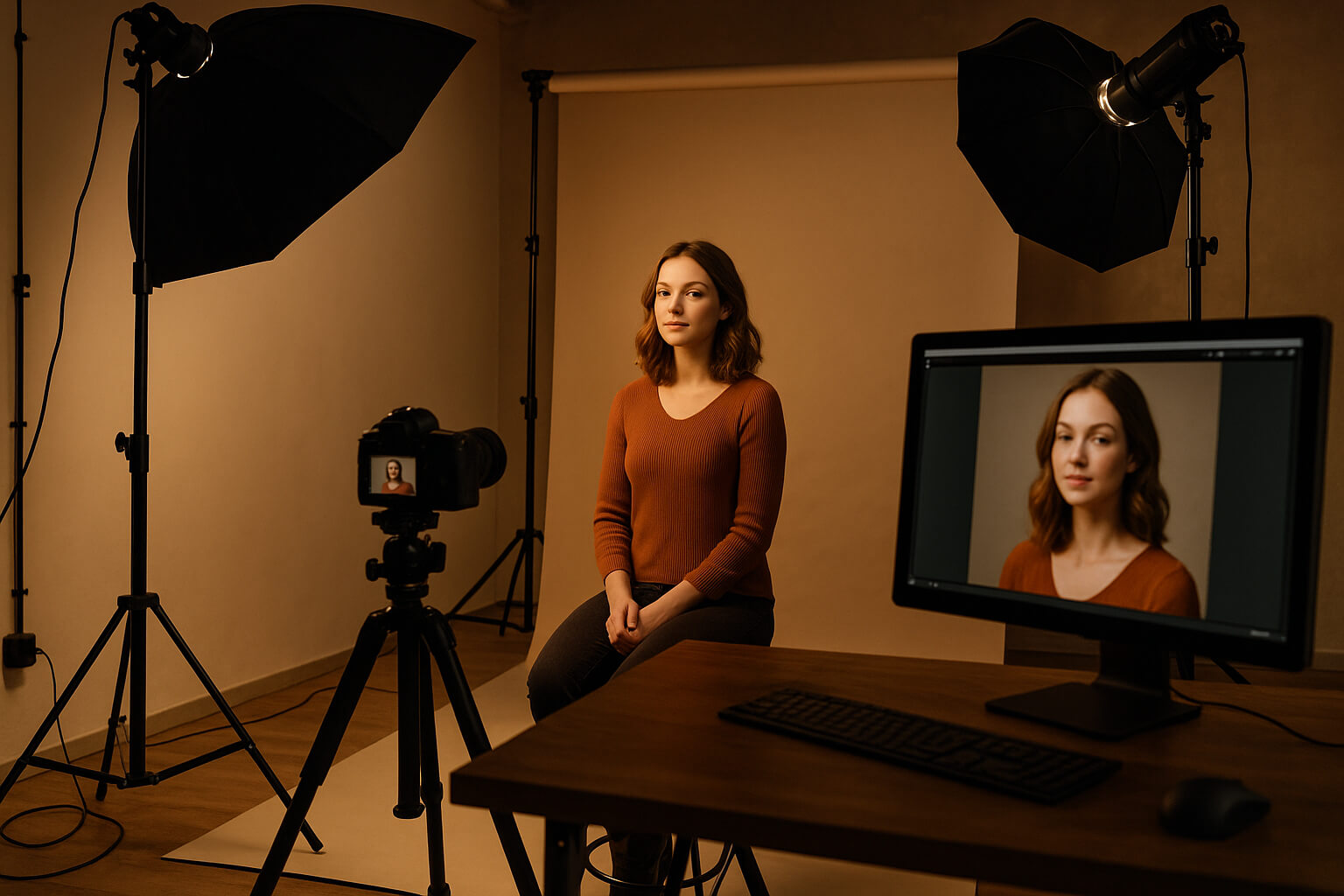May 19, 2025

Natural light can be stunning, but it’s not always available or consistent. That’s where artificial lighting becomes a photographer’s best friend. Whether you’re in a controlled studio or shooting after sunset, mastering artificial lighting is a game-changer for capturing sharp, dramatic, and professional-looking images.
In this guide, we’ll break down the essentials every beginner needs to know about artificial lighting in photography—without the fluff, just powerful, practical insight.
Artificial lighting refers to any light source that is not natural sunlight. It includes tools like:
Each serves different needs depending on the type of photography—portraits, product, food, fashion, or commercial.
a. Continuous Lighting : These stay on continuously and allow you to preview how light falls on your subject. They’re ideal for beginners and video creators.
Examples:
b. Flash Lighting (Strobes) : Produces intense light for a split second. Best for freezing motion and studio photography.
Types:
Here are core lighting positions that structure your scene:
These setups form the backbone of 3-point lighting, a classic arrangement in photography and film.
Modifiers control the softness, intensity, and direction of light.
Artificial lights can vary in warmth or coolness. Color temperature is measured in Kelvin (K):
To avoid unnatural hues, always adjust your white balance in-camera or in post-processing.
a. One-Light Setup : A softbox or umbrella as your key light. Simple and effective for portraits or headshots.
b. Two-Light Setup : Add a fill light or reflector to control shadows. Great for editorial or product work.
c. Three-Point Lighting : Use a key, fill, and backlight to fully shape the subject—standard for studio-quality results.
Artificial lighting isn't just about control—it’s about storytelling. Use rim lighting to create depth, shadows for mystery, or color gels for artistic flair.
Check out this guide on artistic double exposure photography where lighting plays a crucial role in layering visual stories.
If you're into capturing timeless portraits, explore cinematic wedding photography where artificial lighting brings drama and emotion into the frame.
If you're just starting out, refer to this updated beginner's camera guide that also highlights compatible lighting accessories.
Looking to restore and light old photographs for better scans? Check the best photo restoration software that can enhance dim or poorly lit images.
Also, if you're planning to monetize your work, learn how to sell photos online or check top photo selling platforms to make your lighting investments profitable.
Artificial lighting may seem intimidating at first—but it’s simply a tool. When you master its basics, you unlock a new level of creative control in your photography. From simple portraits to complex compositions, lighting is what gives shape, story, and soul to your shots.
Stay up to date with the newest tips, gear reviews, and step-by-step guides to elevate your photography journey from home and beyond.